Iconic Restaurants You Grew Up With And No Longer Exist
Barbuto restaurant, 2004-2019
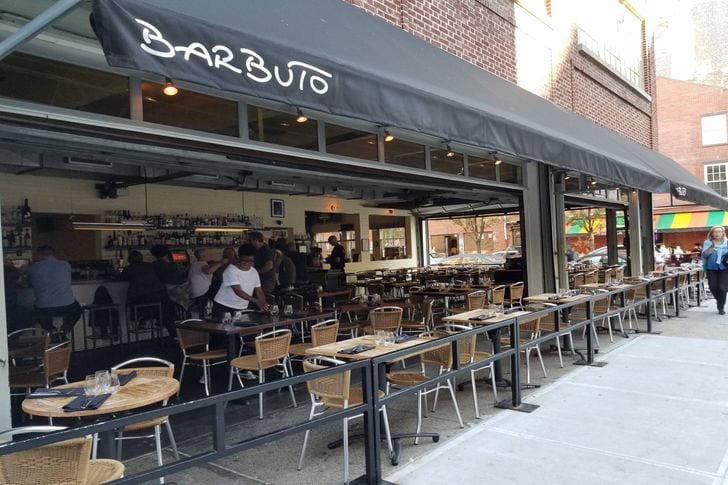
Considered as one of the most iconic Italian restaurants in New York, Barbuto was established by Jonathan Waxman in 2004. The restaurant gained its place as one of the most famous Italian restaurants in New York with chic-casual dining arrangements and delicious Italian food. Barbuto would have been serving to date if it was about the taste and the service, but the transforming infrastructure engulfed the loved restaurant. The building of the restaurant was sold off in 2019, and the new owner did not want a restaurant in that place. The fans of Barbuto are eagerly hoping for its return.
Sandy’s, 1956-1970
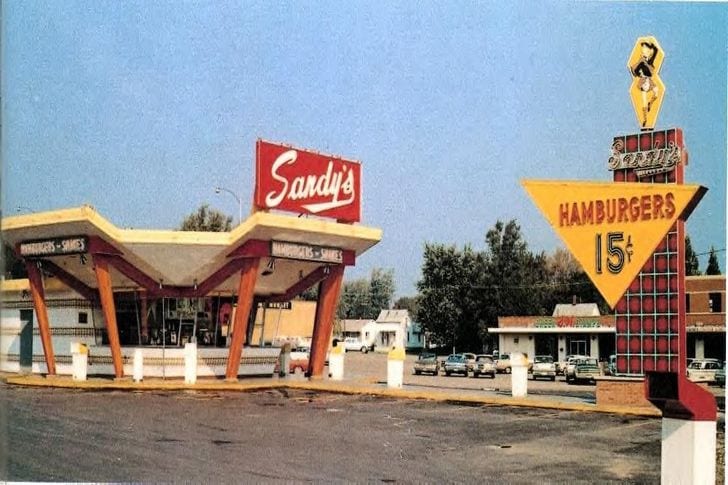
Sandy’s is another name in the history that was influenced by McDonald’s in one way or the other. The restaurant was created by a bunch of former unhappy McDonald’s clients in 1956 who wanted to buy a franchise of McDonald’s. Sandy’s had a menu similar to McDonald’s, yet the quality was not identical, which led to the early closing of the restaurant. It is also said that there were issues with the business structure, and the new business could not cope up with the innovative advertising and marketing tactics. Sandy’s was sold to Hardee’s in 1970 after the chain went bankrupt.
White Tower Hamburgers, 1926
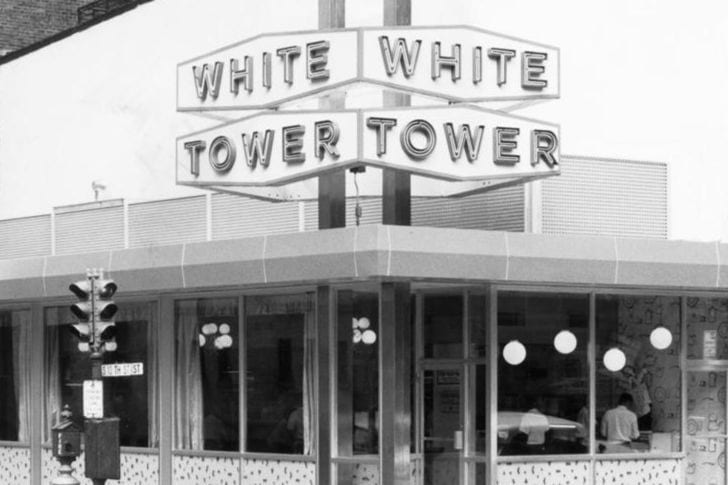
Thought of as the exact copy of the White Castle, White Towers started its business in Milwaukee in 1926. The restaurant served what they advertised, hamburgers that too at a low cost. Hamburgers costing 5 cents got quite famous over time, and the chain expanded to over 230 locations by 1950, which is considered to be the peak of the chain’s business. As people started to move towards the suburbs, the locations did not make much money and had to be closed. One and the only branch of the chain is operational in Toledo, Ohio.
Lum’s, 1956-1983
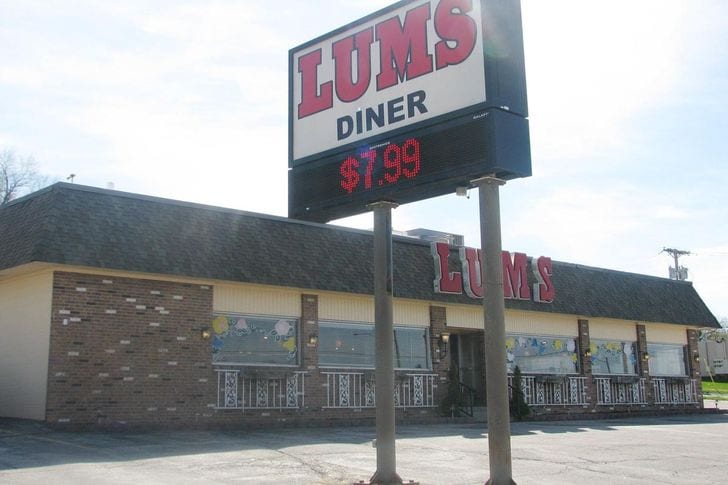
Starting in Miami, the fancy place with glass doors and a pleasant environment took over the town talk in little time. Lum’s was a specific hot dog chain that served beer steamed hot dogs. The chain had to go in public due to the expansion and lead to the purchase of Caesar’s Palace for a whopping $60 million. The company tried to keep on track through different mediums, but even having the famous comedian Milton Berlet as the spokesperson didn’t work out. Eventually, Lum’s had to close its doors in 1983.
Pumper Nic, 1974-1999
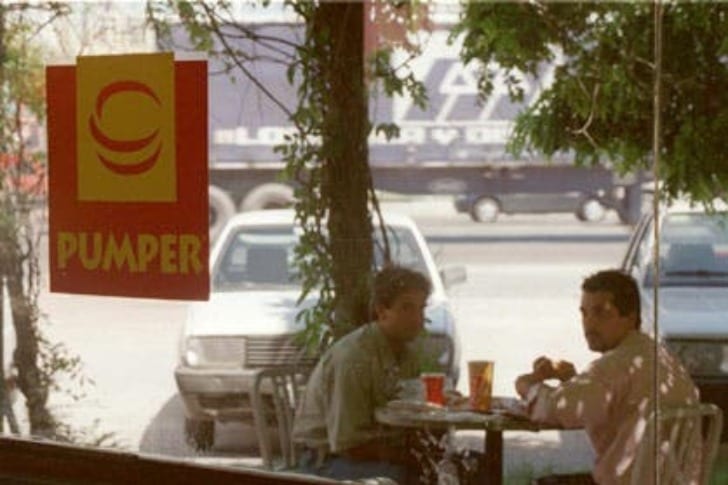
If you observe the logo of Pumper Nic, you might think that you have seen it somewhere, and that is what proved to be the last nail in the coffin for the chain. Established in 1974, the fast-food joint was quite famous among the Argentines for the sandwiches and other delectable food items they offered. Yet the old classic could not compete with Burger King and McDonald’s in the market later. Argentina’s classic-cult restaurant had to face a lawsuit by Burger King about their logo and closed in 1999.
VIP’s café, 1968-1989
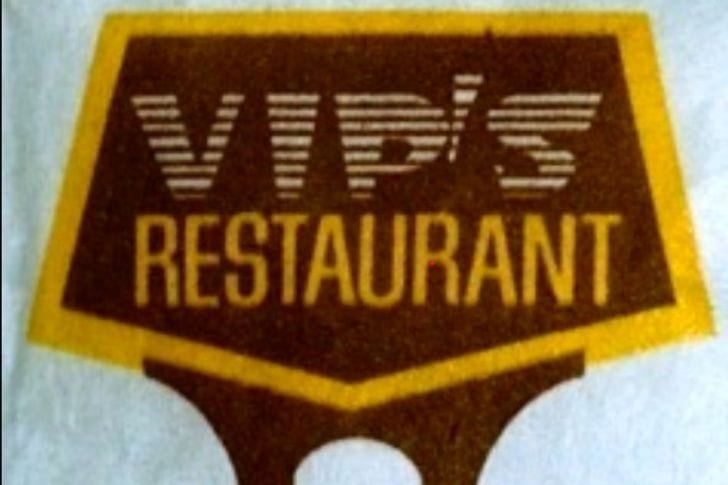
VIP’s café started serving delicious pancakes just like Denny’s, and the restaurant seemed to have a lot of potential for growth. The chain was established in 1968 and began to serve freeway. VIP’s café, however, did not have to face a shut down due to finances. Instead, the chain was offered a good value by Denny’s, and later, the JB restaurant bought the remaining ones. This way, none of the restaurants in the name of VIP’s café was left, and the chain lost its name in the market by 1989.
D’Lites, 1978-1987
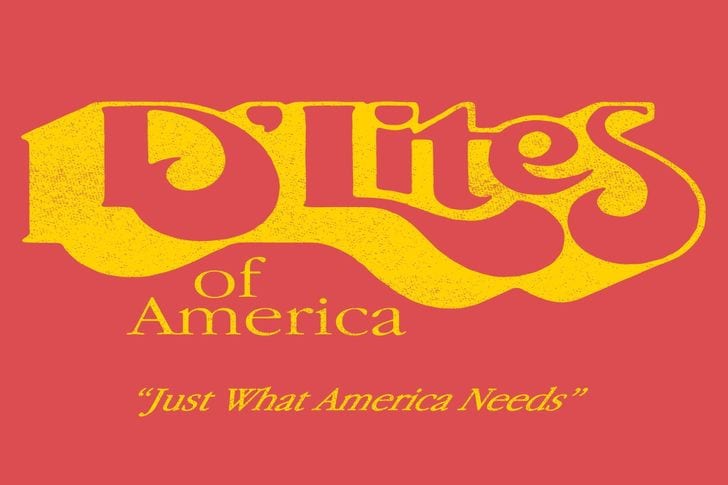
Health consciousness among food enthusiasts is not new, and D’Lites catered to the needs of health-conscious eaters when it was not very common. In comparison to other fast food joints, this eatery offered healthy food options back in 1983. The most featured low-calorie food included low-calorie cheese, high fiber buns, and lean beef hamburgers. Though the chain had above 100 stores nationwide by 1985, the healthy menu options caused a decrease in the sales of D’Lites, and it sold the branches to Hardee’s in 1987.
Sambos, 1975
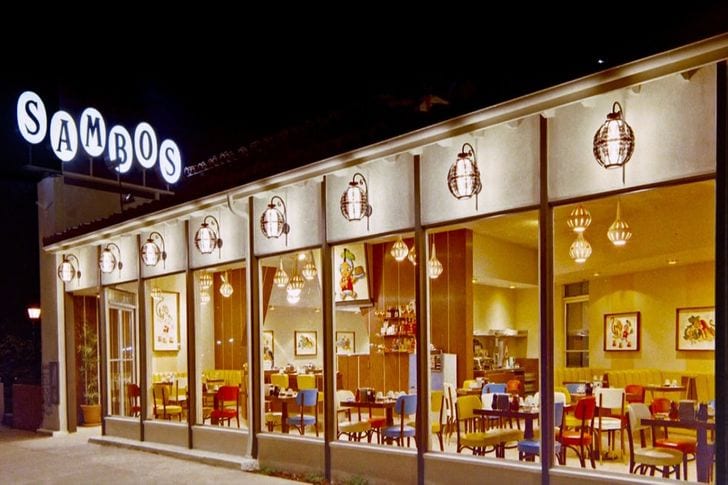
In the era of the popularity of roadside eateries in 1975, Sambos made its name quickly in the market. With over 1000 locations at the peak of its business, Sambos was quite a favorite among the people and started expanding. Along with the expansion of branches, Sambos faced a lot of criticism in its growing years. The name was referred to be a racist slang, which ultimately led to the closing of the restaurant in the 1980s. Though, there is still one branch of Sambos in California.
Chi-Chi’s, 1975-2004
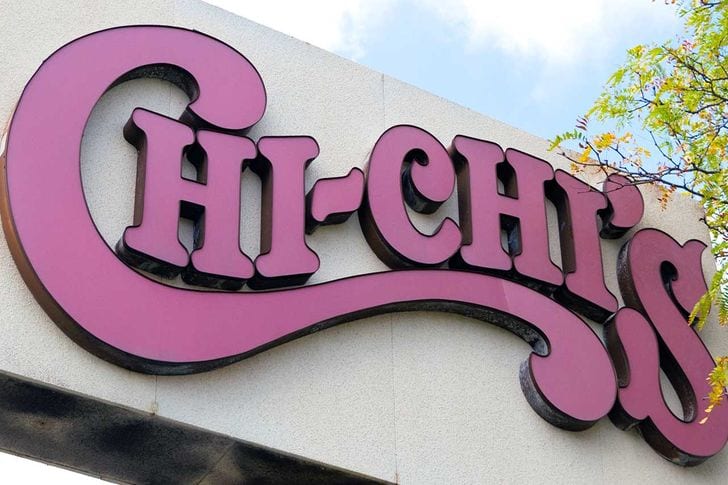
Founded in 1975, Chi-Chi offered spicy tex-max food to the locality in Minnesota. The popularity of Mexican cuisine enabled the chain to reach more states, and they opened at more than 200 locations by 1995. However, this popularity was short-lived, and Chi-Chi’s had to be closed forever in 2004. The company faced a huge loss and started to decline after several cases of Hepatitis A were reported and related to the restaurant’s name. The franchise was closed in the US in 2004, but it still operates in Austria, Belgium, Luxembourg, UAE, and Kuwait.
Howard Johnson’s, 1935-2017
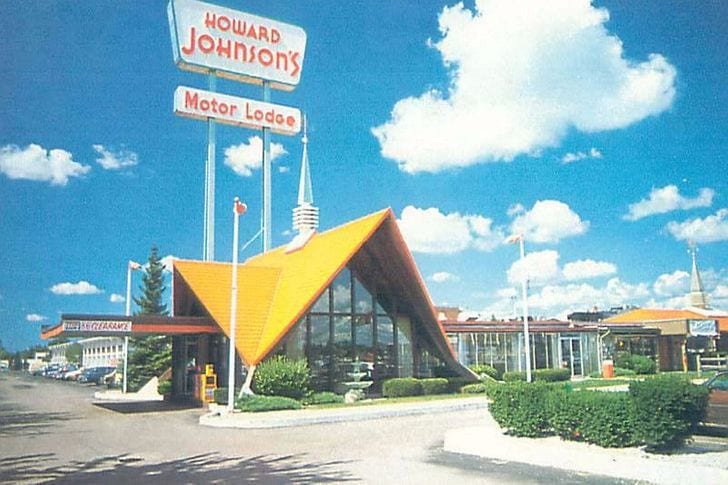
Howard Johnson’s took its start in the early 1920s, launching restaurant and hotel chains. It gained fame, and there were thousands of locations of Howard Johnson’s by 1960s which were doing fine. The hotels did not survive long and had to be closed off soon. The restaurants also had to put their best show for their survival, yet they could not escape the competition despite the classic menu having baked beans, fried clams, and pot pies. The last branch of the Howard Johnson’s closed in 2017.
Kenny Roger’s Roasters, 1990-1998
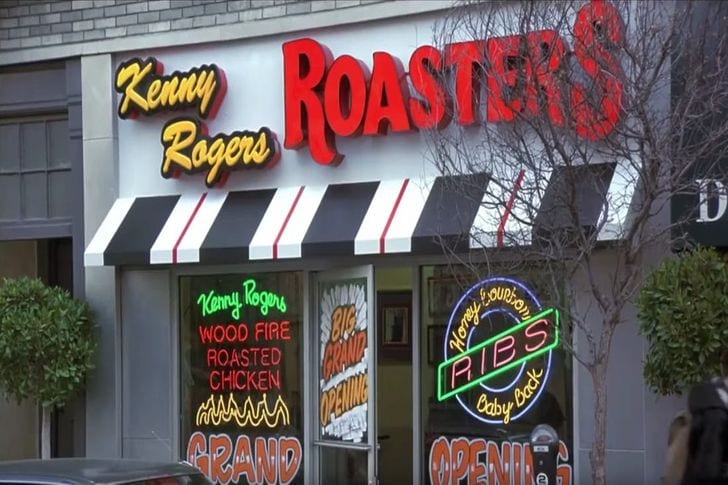
Singer Kenny Rogers along with John Y. Brown jumped onto the bandwagon of the fast-food business in 1990. The restaurant was popular owing to its association with the singer’s name, but it never gained the same amount of fame as other fast-food chains. With a menu similar to the big names, Kenny Roger’s Roasters begin to lose the competition in some time, and the locations in America were sold off to Nathan’s by 1998. Nevertheless, the restaurant was memorialized in “Seinfield,” and some of the branches of Kenny Roger’s Roasters are still operational in South Asia.
All-Star Café, 1995-2007
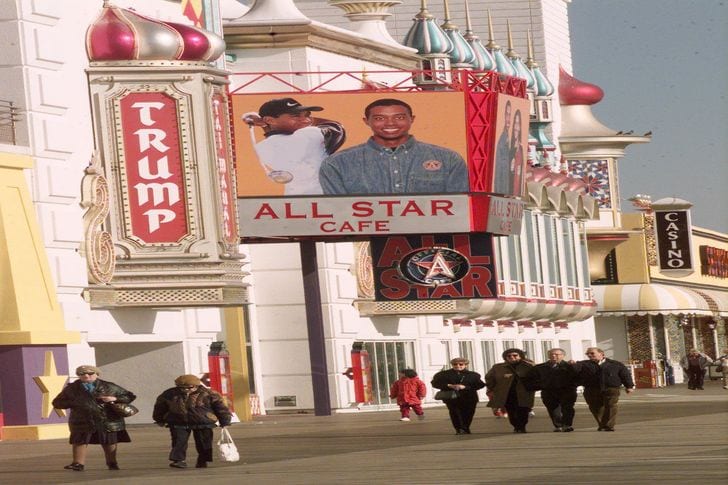
Having locations like Walt Disney World and Times Square, All-Star Café was among the most favorite restaurants of its kind. With a Hard Rock café theme, the Planet Hollywood business had many athletes invest in it like Joe Montana, Andre Agassi, Shaquille O’Neal, and Ken Griffy Jr. But the restaurant could not cater to a massive audience because of the limited high-end locations and sky high-prices, which led to a lesser revenue as compared to the expensive venues. The last location of the restaurant at the Walt Disney World’s Wide World of Sports was closed in 2007.
Valle’s Steak House, 1993-2000
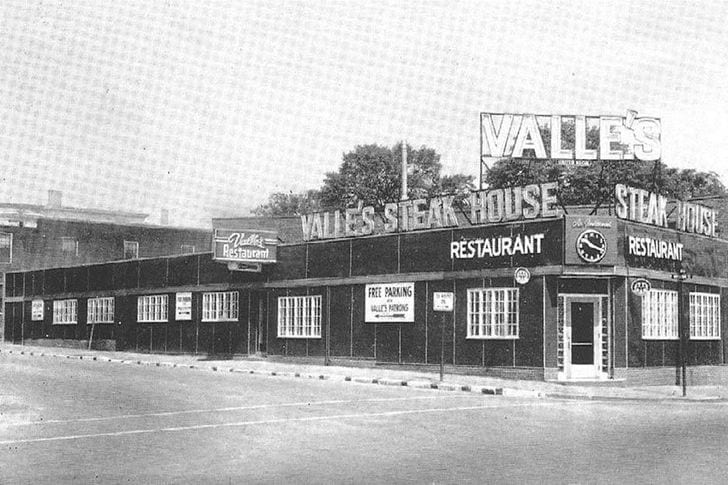
Opened in 1993, Valle’s Steak House was a fancy eatery that offered steak platters and lobsters. The American chain operated along the East Coast, providing the best location for people to enjoy sea-food. Within a few years, Valle’s expanded aggressively; however, this expansion did not prove to be very fruitful, and the restaurant had to face a setback in the 1970 economic crisis. After struggling to get back into the scene for many years, Valle’s steak house could not bounce back in the competing market and finally shut down in 2000.
Beefsteak Charlie’s, 1976-2001

The restaurant with the catchy phrase “You’re gonna get spoiled” was established in 1976 in Manhattan. The chain was named after a formerly famous New York restaurant and managed to attract customers, not only through the name but through its service. The restaurant had all that you would desire in any restaurant today. From unlimited salad bars to unlimited wine and beer, the restaurant had all of it to offer. But, with time, the restaurant faced loss as the cost of wine and beer would cross the profits. Consequently, Beefsteak Charlie’s had to step out of business in 2001 at last.
Steak and Ale, 1966-2008
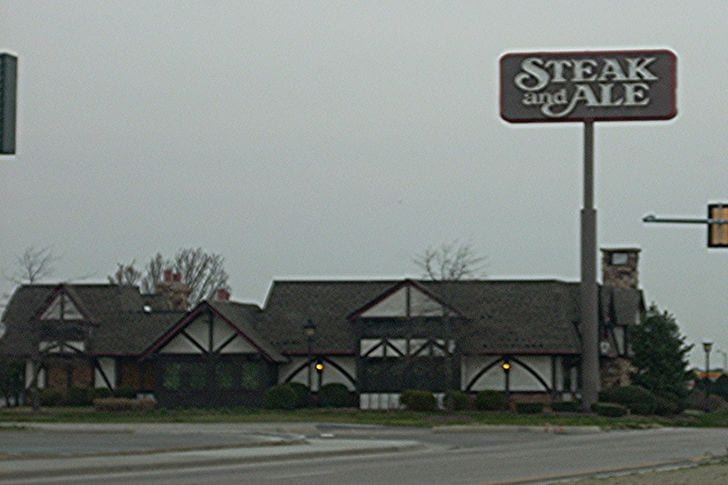
Who doesn’t like steaks on a pocket-friendly price? That is what the owner of Steak and Ale Norman Brinker wanted to provide people: a casual steak dining experience with rates as low as $1.95 for an 8-ounce steak fillet. The restaurant introduced its first location at Dallas in 1966 and had over 280 locations across the country within a few years. People loved the concept of salad bars with steaks, which led to the popularity of the restaurant on a large scale. However, the restaurant was sold to the Legendary Restaurant Group in 2008.
Barbuto restaurant, 2004-2019

Considered as one of the most iconic Italian restaurants in New York, Barbuto was established by Jonathan Waxman in 2004. The restaurant gained its place as one of the most famous Italian restaurants in New York with chic-casual dining arrangements and delicious Italian food. Barbuto would have been serving to date if it was about the taste and the service, but the transforming infrastructure engulfed the loved restaurant. The building of the restaurant was sold off in 2019, and the new owner did not want a restaurant in that place. The fans of Barbuto are eagerly hoping for its return.
Wetson’s, 1959-1975
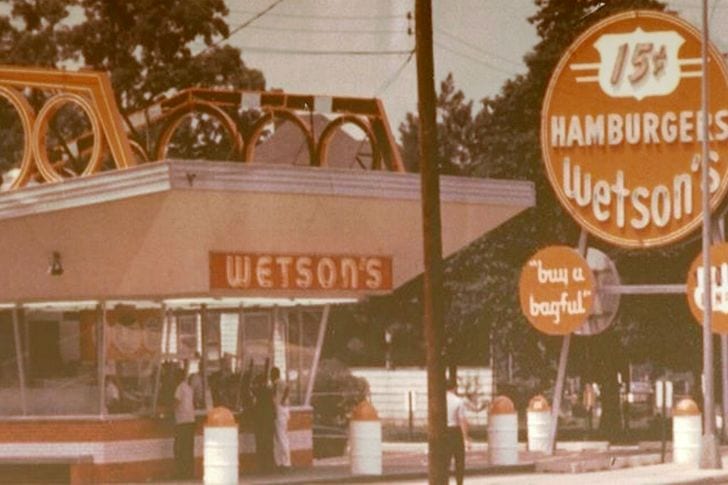
Wetson’s can undoubtedly be called the McDonald’s of the 50s. Known for its signature Big W burger and fries in the minimal price on 25 cents altogether, Wetson’s opened their first franchise in New York in 1959. They had as many as 70 branches in the New York metropolitan area within some time of the launch, and Watson catered to a vast number of food lovers. Yet, it could not compete with McDonald’s and Burger King to that level, which resulted in the closing of the chain in 1975 after the utmost struggle to survive.
Carnegie Deli, 1937-2016
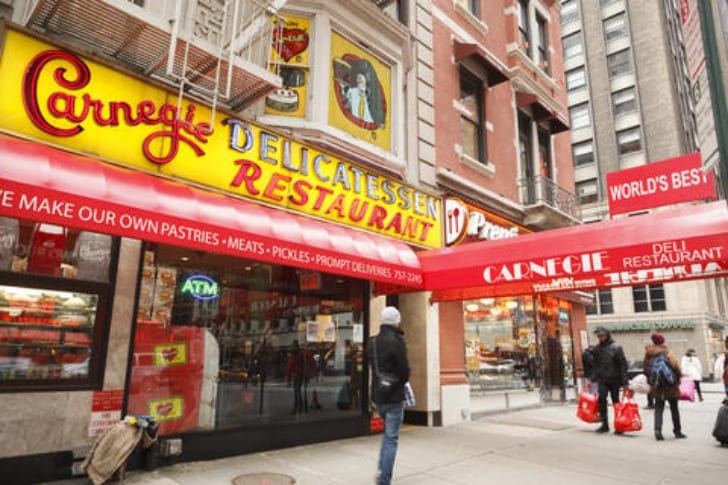
A small yet iconic restaurant that set off its 78 years of serving in 1937 near Carnegie Hall Manhattan served many delicacies including pastrami, matzoh ball soup, lox, ham, bacon, and corned beef prepared in a particular manner. The love of people for the delicatessen and delectable food would make them wait for hours to get a table. Many locations of the Carnegie Deli were opened in New Jersey, California, Las Vegas, and many others. After having a few rough years amidst the competition with emerging eateries, Carnegie Deli had to shut its door in December 2016.
Weenie Beenie, 1950
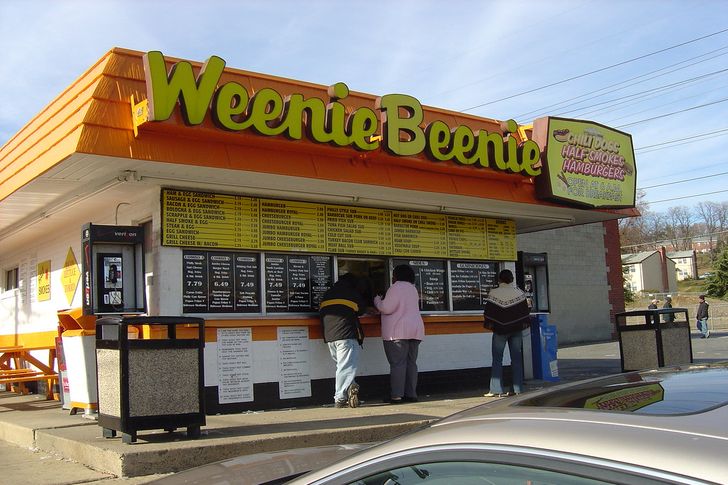
Established in Virginia in 1950, the fast-food chain offered hot dogs, half-smoked, sandwiches, and soft drinks. Though the menu was restricted, it was much liked by the people in the locality. The owner Bill Station saved money from his pool to expand Weenie Beenie to six locations that were especially famous for the half-smoked. However, the lack of funds and establishment of other food chains forced Bill to close all the sites, and only one is still there at the original location in Arlington, serving the famous half-smoked to the food lovers.
Wimpy’s, 1934-1978
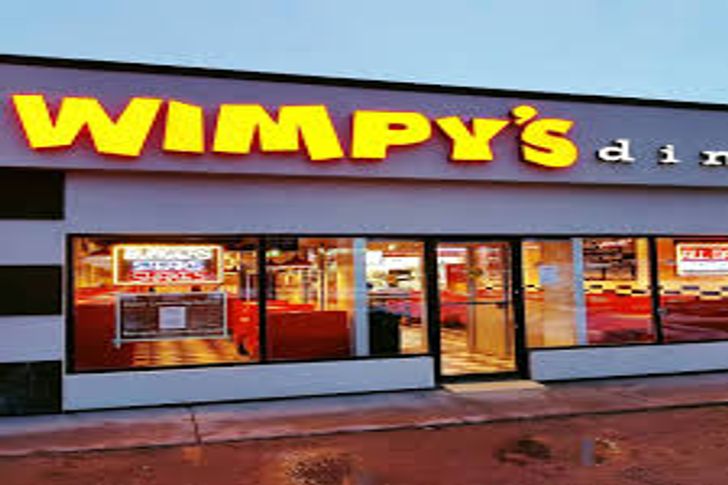
Named after the hamburger loving character Wimpy of the famous cartoons of the time, Popeye, the food chain started in 1934. The Indiana-based eatery began to expand and had 25 locations in the USA and over 1500 locations internationally in the 1950s. Wimpy’s was doing great until the 1970s when the owner of the chain died, and no one bought the name. The famous hamburger chain vanished entirely from the United States by 1978, yet many hundreds of the branches are operational in the United Kingdom and South Africa under different brand names.
Henry’s Hamburgers, 1954
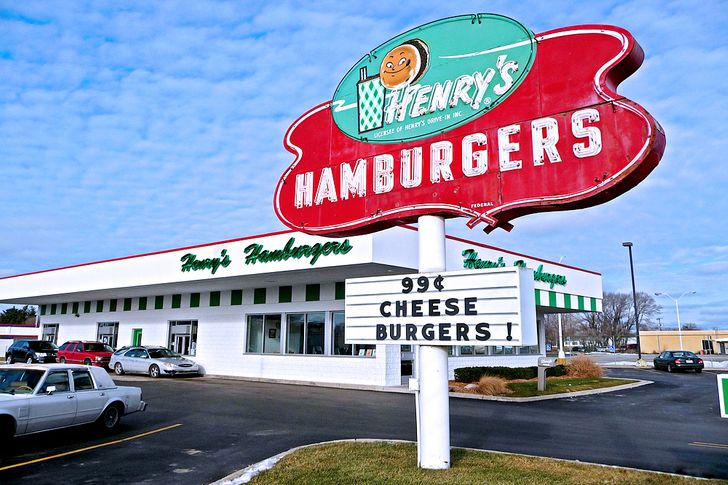
The food chain offering “ten hamburgers for a buck” was founded by the owner of Bresler’s Ice Cream Company. Starting with the first branch in Chicago in 1954, the fast-food chain offered milkshakes, hamburgers, and fries within a dollar. Just within two years, the eatery had expanded to over thirty-five locations in the Chicago area and later more than 200 locations across the USA. The inability of the restaurant to cope up with huge competitors and modifying the business-like diversification of the menu or offering drive-thru led to the downfall of the food chain. Now, only one restaurant in the food chain is operational in Michigan.
More in
-
WEIBLICHE STARS, DIE MAKELLOS GEALTERT SIND UND WUNDERSCHÖN AUSSEHEN!
Nicole Seibert – Alter 55 Die damals erst 17-jährige Nicole siegte 1982 mit dem Lied Ein bisschen Frieden beim Eurovision Song...
March 20, 2025 -
Il est difficile de croire que ces célébrités féminines du passé sont toujours aussi impeccables
Claudia Schiffer, 50 ans Parmi nos beautés éternelles, Claudia Schiffer est le symbole du charme et de l’élégance des années 1990....
March 20, 2025 -
Il est difficile de croire que ces célébrités féminines du passé sont toujours aussi impeccables
Claudia Schiffer, 50 ans Parmi nos beautés éternelles, Claudia Schiffer est le symbole du charme et de l’élégance des années 1990....
March 20, 2025 -
Il est difficile de croire que ces célébrités féminines du passé sont toujours aussi impeccables
Claudia Schiffer, 50 ans Parmi nos beautés éternelles, Claudia Schiffer est le symbole du charme et de l’élégance des années 1990....
March 11, 2025 -
Il est difficile de croire que ces célébrités féminines du passé sont toujours aussi impeccables
Claudia Schiffer, 50 ans Parmi nos beautés éternelles, Claudia Schiffer est le symbole du charme et de l’élégance des années 1990....
March 11, 2025 -
PROMINENTE VERMÖGEN, DAS SIE IN ERSTAUNEN VERSETZEN WIRD!
MARKUS LANZ – 600.000 € Eigentlich konnte sich Markus Lanz in seine Karriere sehr hoch arbeiten, was bestimmt auch an seinem...
March 6, 2025 -
PROMINENTE VERMÖGEN, DAS SIE IN ERSTAUNEN VERSETZEN WIRD!
Carmen Geiss, 30 Millionen € Die Ehefrau von Robert Geiss, Carmen Geiss ist seit 1994 mit dem Unternehmer verheiratet. Zu der...
March 6, 2025 -
PROMINENTE VERMÖGEN, DAS SIE IN ERSTAUNEN VERSETZEN WIRD!
Helene Fischer, 35 Millionen € Die deutschlandweit berühmte und geschätzte Sängerin verkaufte bereits über 4 Millionen Konzerttickets und unglaubliche 15 Millionen...
March 6, 2025 -
PROMINENTE VERMÖGEN, DAS SIE IN ERSTAUNEN VERSETZEN WIRD!
Carmen Geiss, 30 Millionen € Die Ehefrau von Robert Geiss, Carmen Geiss ist seit 1994 mit dem Unternehmer verheiratet. Zu der...
March 6, 2025
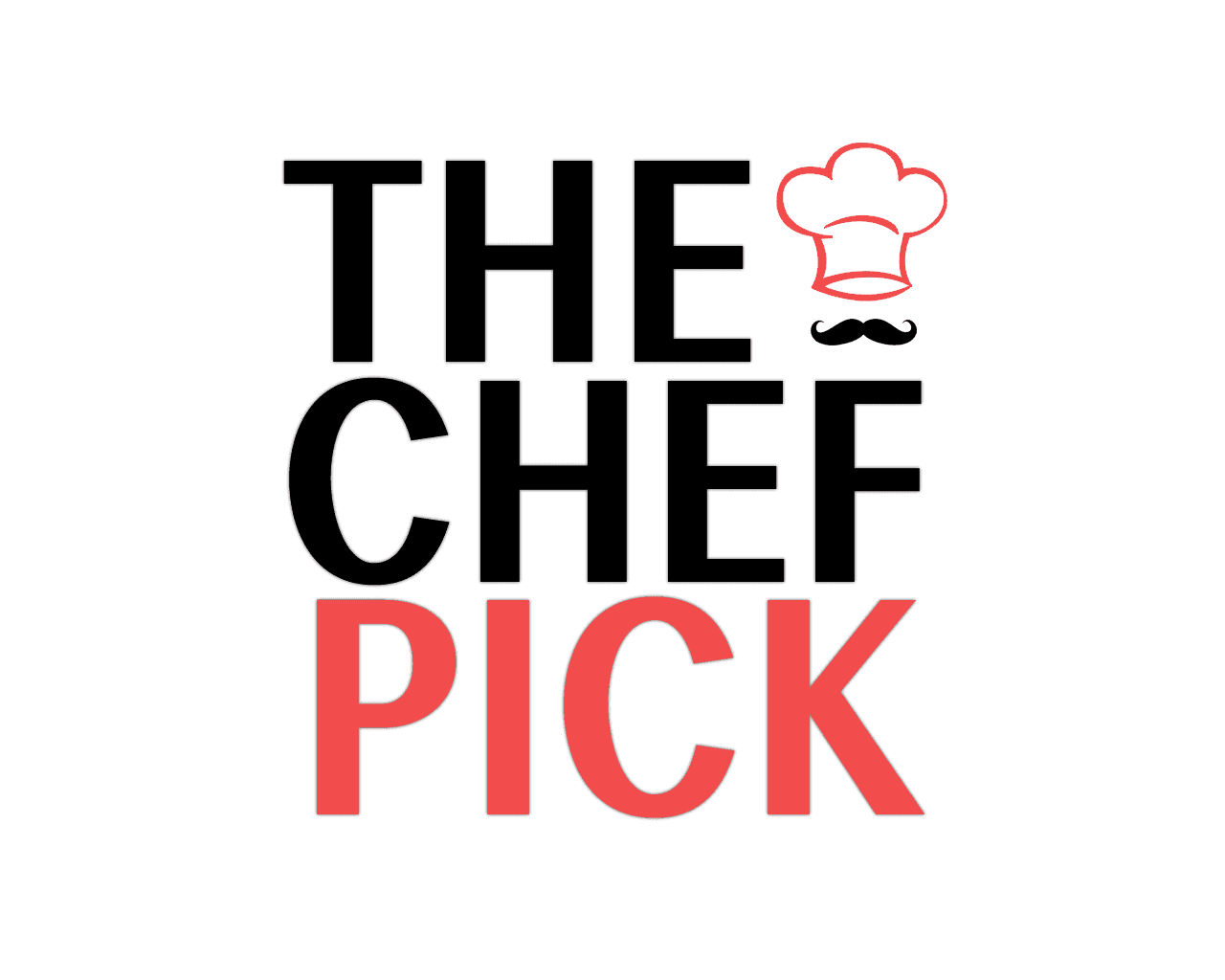
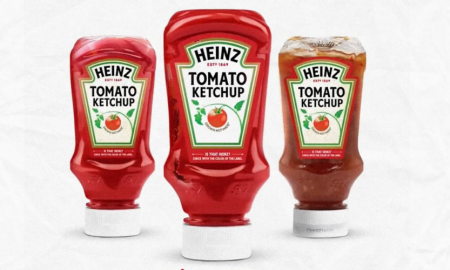



You must be logged in to post a comment Login